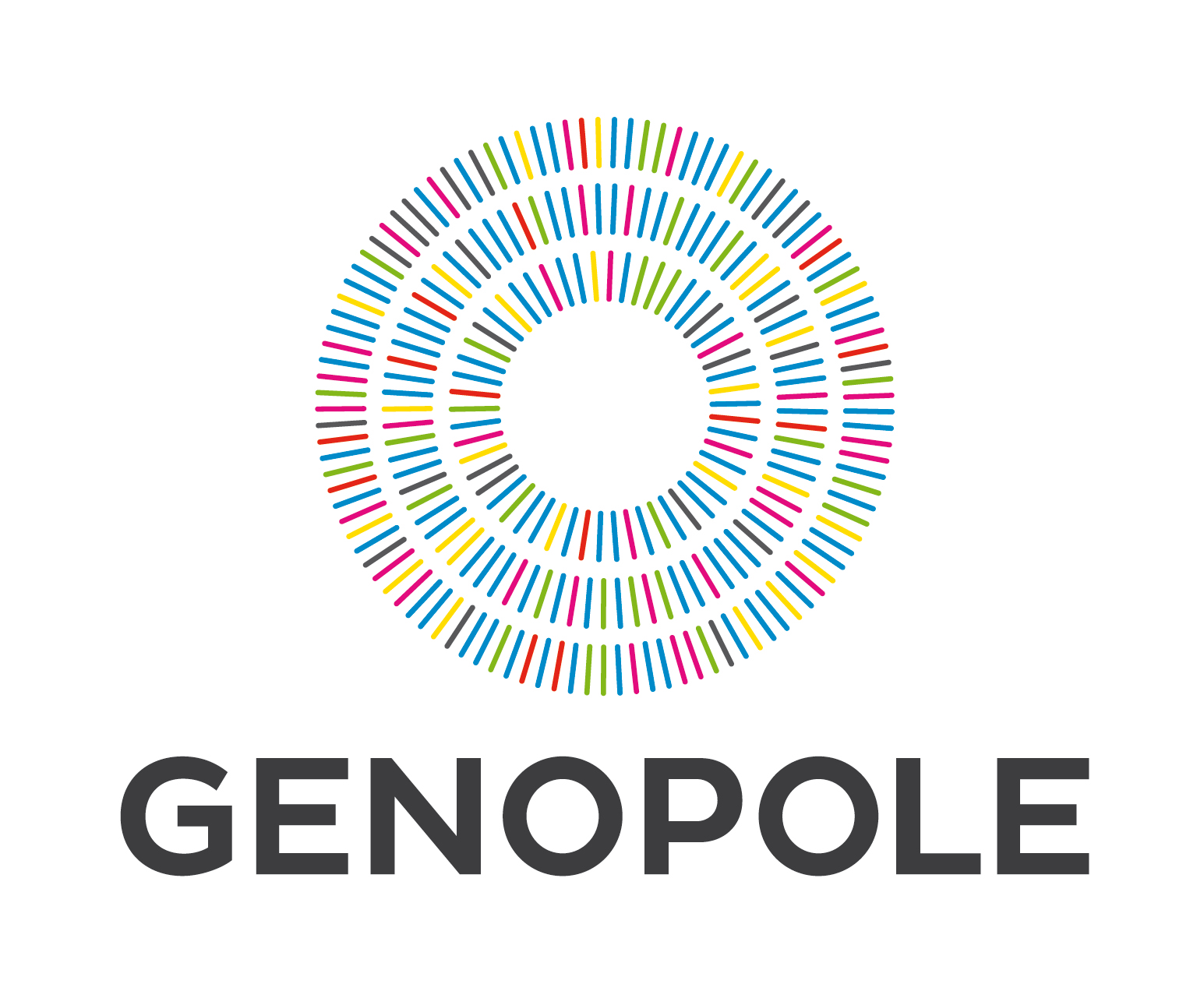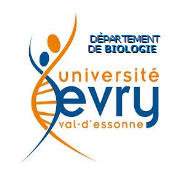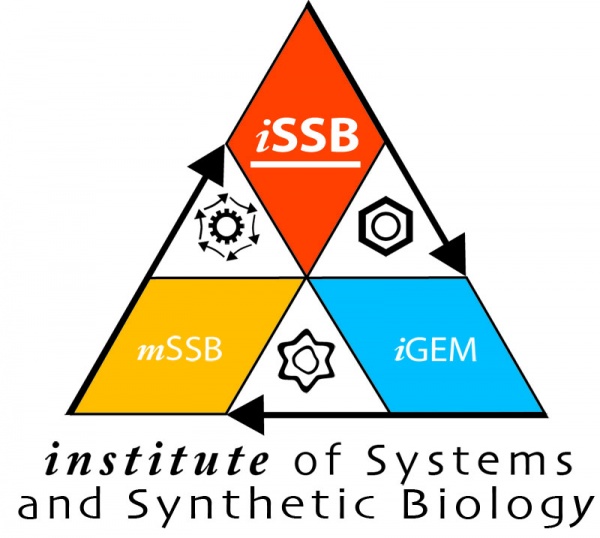Team:Evry/Protocols/07
From 2013.igem.org
(Difference between revisions)
| Line 14: | Line 14: | ||
<p>Polymerase Chain Reaction is a molecular biology method used to amplify a small amount of genetic material (DNA or RNA), using specific primers of a target sequence. <br> | <p>Polymerase Chain Reaction is a molecular biology method used to amplify a small amount of genetic material (DNA or RNA), using specific primers of a target sequence. <br> | ||
PCR is divided into 5 steps:<br> | PCR is divided into 5 steps:<br> | ||
| - | + | First denaturation<br> | |
| - | + | Denaturation step<br> | |
| - | + | Anealing step<br> | |
| - | + | Elongation step<br> | |
| - | + | Final step<br> | |
The 2nd, 3th and 4th steps are repeated 20-40 cycles.<br></p> | The 2nd, 3th and 4th steps are repeated 20-40 cycles.<br></p> | ||
| + | Denaturation step | ||
Revision as of 16:24, 21 August 2013
PCR and gel electrophoresis analysis
PCR
Principle
Polymerase Chain Reaction is a molecular biology method used to amplify a small amount of genetic material (DNA or RNA), using specific primers of a target sequence.
PCR is divided into 5 steps:
First denaturation
Denaturation step
Anealing step
Elongation step
Final step
The 2nd, 3th and 4th steps are repeated 20-40 cycles.
Preparation
Optimisation
Number of primer
Temperature
Gel electrophoresis analysis
Principle
Preparation
Analysis
 "
"













